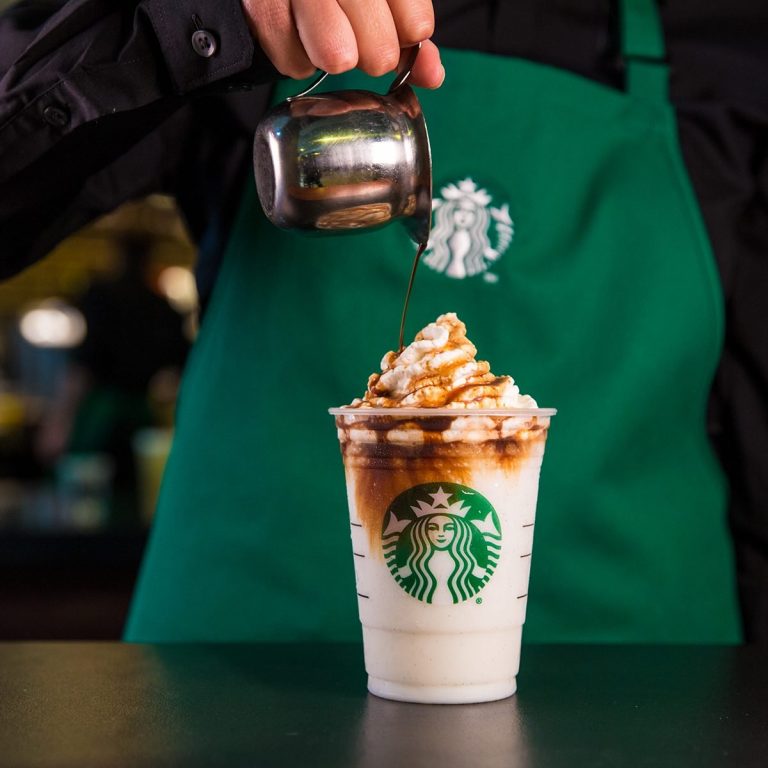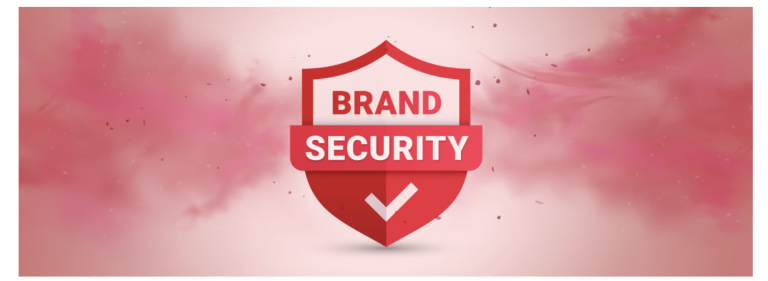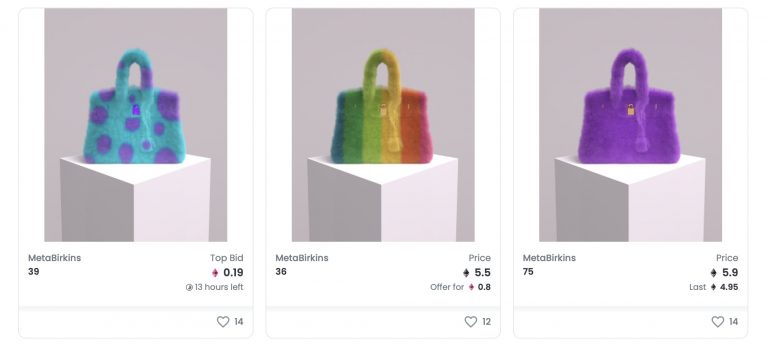The Story Behind Asian Paint’s “Gattu”
When four friends, namely Champaklal Choksey, Chimanlal Choksi, Suryakant Dani and Arvind Vakil started selling paints out of a garage in 1945, little did they know that every house in India would be using their product one day. Back in the World War II era, a temporary ban on the import of paint was imposed, which left only a handful of foreign firms in the market. Asian Paints struck when the metal was hot and by 1967, became the largest paint manufacturer in India. Today Asian Paints remains to be the largest manufacturer of paints in India and the third-largest in all of Asia.
The brand is known for being the Indian brand that partakes in new ventures, be it on the business front or the creative.
Being a company producing paints, creativity is one of their brand ethos, and they understood the value of a brand image from the start. In the India of the 50s and 60s, people responded more to visual play in branding than text and messaging. Being the creative powerhouse that Asian Paints is, they came up with an ingenious way to connect with their target market. In comes Gattu, and his brush. This first mascot of Asian Paints was designed by the famous cartoonist RK Laxman, in 1954. If the story goes, RK Laxman – a chain smoker back then – was smoking while thinking of a mascot for Asian Paints when he chanced upon the idea of a boy holding a paintbrush.[1] The image was so created, but it lacked a name. So, a “Give Me a Name” competition was held in the city of Bombay wherein the winning entry was “Gattu”. 
Gattu’s persona was created to be of a mischievous boy who would paint over every surface he could see, including the bald head of a man as per one advertisement in the 70s. The accompanying tagline “Any surface that needs painting, needs Asian Paints” furthered the playful image of the brand in the market. Resultantly, the probability that the premise you’re reading this from is painted by Asian Paints is very high.

Gattu and his paintbrush were finally retired in 2002. With the onset of the new century, the paradigm shifted and painting was being looked at a new form of expression rather than a simple activity of protecting homes. Gattu’s relevance and the message were seen to be diluting and hence he was removed from the print logo and restricted to the paint cans.
For about a decade Asian Paints only retained its wordmark. In 2012, they unveiled a new logo. The new logo is a ribbon flowing in a way to spell out the company’s initials ‘a’ and ‘p’. It was more modern and connected with the evolved target market, looking to be more sleek and at par with the trends worldwide. Asian Paints as a brand is taking on a new avatar going from being a commonplace paint to catering to a rather luxury strata of customers. The brand has introduced complete home décor solutions as a new vertical in this direction and so decided to step its brand image up to match with its end goal. Consequently, the ribbon’s design in the logo is meant to highlight the easy flow, smoothness, dynamism and possibility that their solutions and offerings will provide. Colours like red, orange and especially purple have been associated to luxury in general and their extensive use in the logo is an attempt to tap into that aura.

India’s largest manufacturer of paints is donning a new hat in the market not only to survive but to compete. With newer goals for the new generation of buyers, it is essential for a brand to evolve with time. Asian Paints has successfully brought about that change withing it’s brand image and continues to remain on the top of the market in India.
[1] Unnati Sharma, “Gattu, the mischievous Asian Paints mascot who ruled Indian hearts for over 50 years”, The Print (August 15, 2020)





